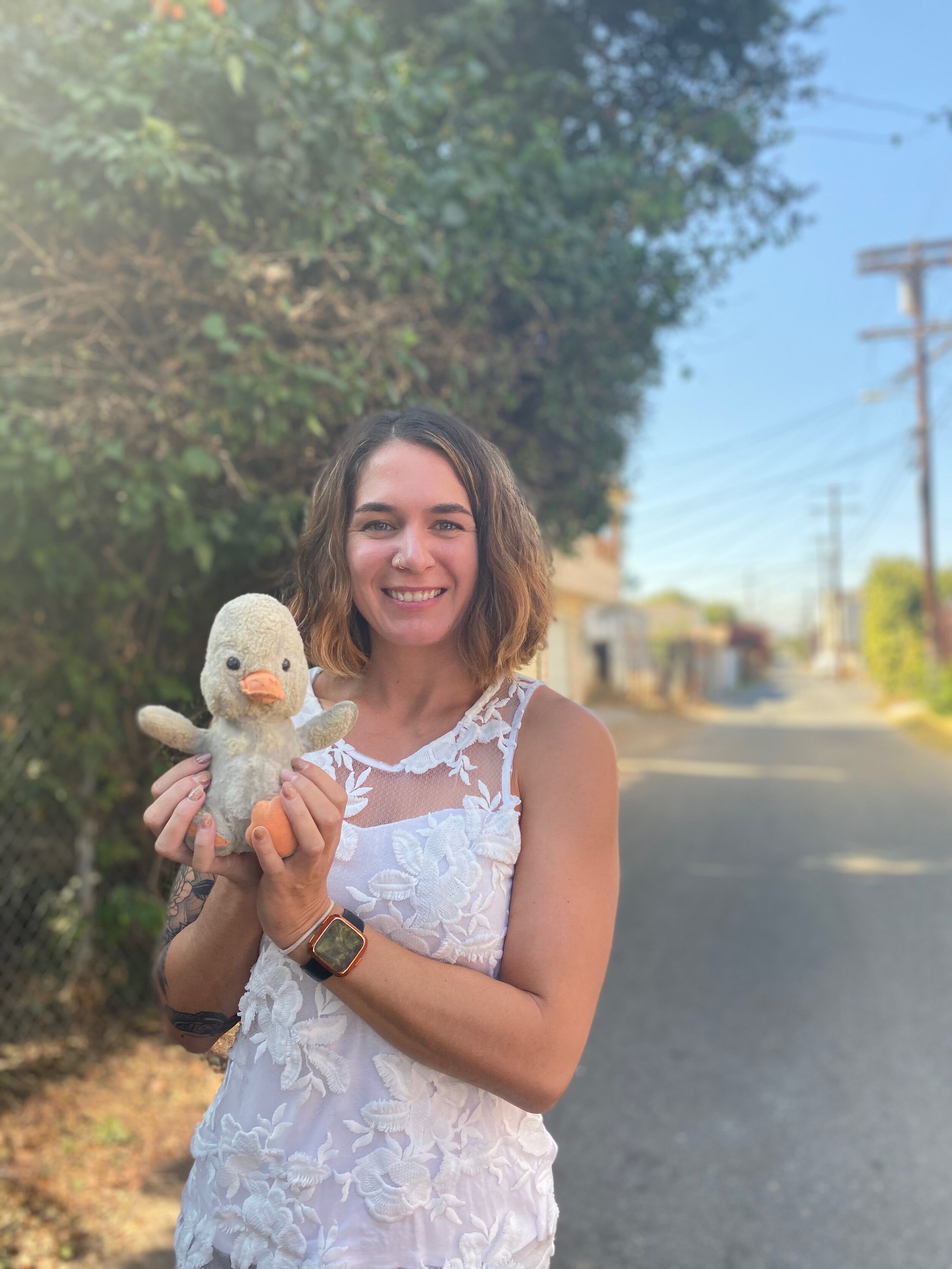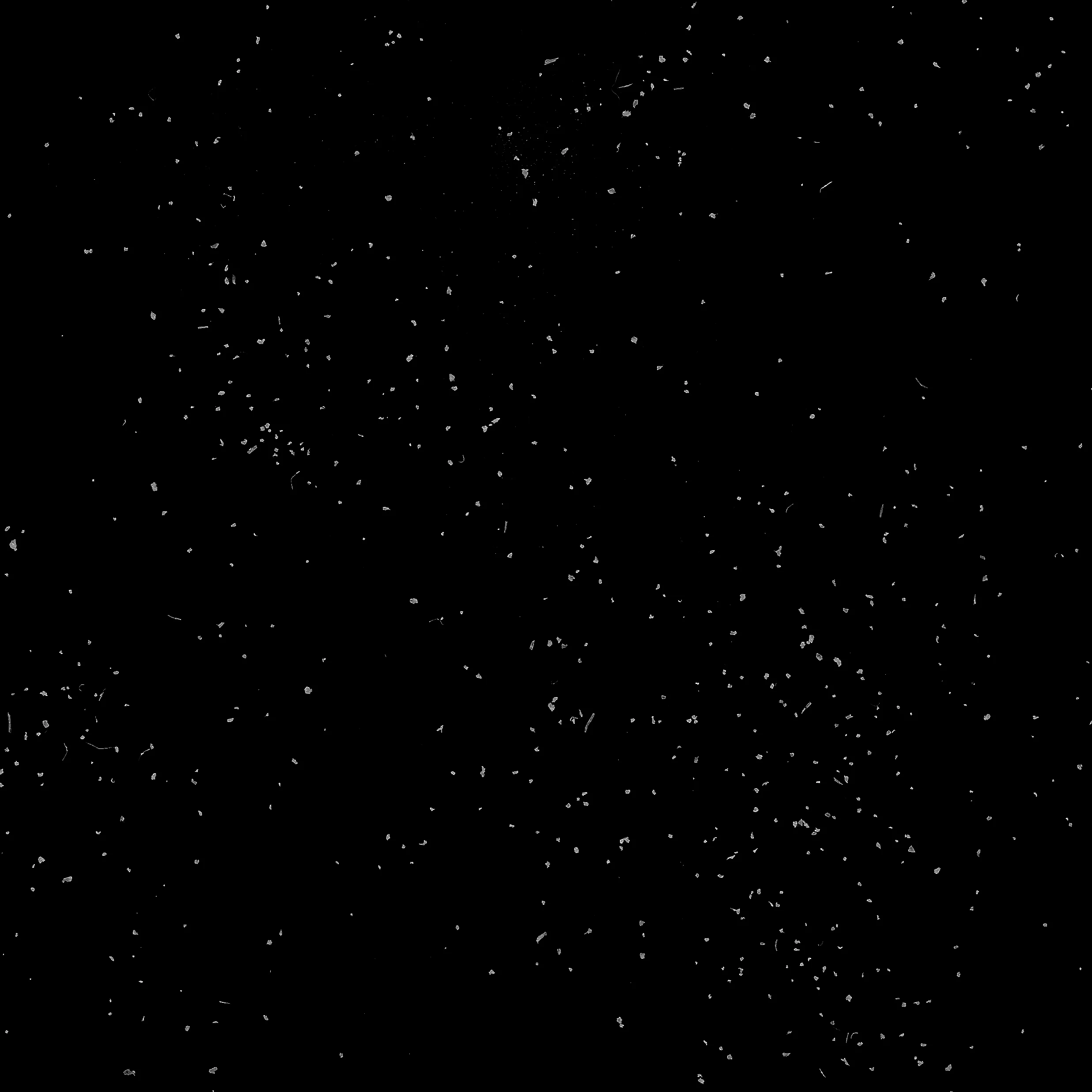“Humility can play a role both in intimate alliances as well as serving as fortitude for those who participate in activism more publicly.”
As the call for racial justice takes hold of our nation, I feel the gravity of what is needed of me and I’m noticing that I continuously need to ground myself in a stance of humility to stay engaged in meaningful ways. I think humility can be a valuable friend to white people and others who are trying to ‘do the work’ right now. Humility when taking risks to call someone into a deeper understanding and commitment, humility with oneself when feeling inadequate or insufficient, and humility when entering unfamiliar spaces and conversations with those who live and breathe the unrelenting work of racial justice. Humility can play a role both in intimate alliances as well as serving as fortitude for those who participate in activism more publicly. A stance of humility helps to maintain curiosity and radical non-defensiveness such that we can listen deeply to what is needed with enough left in the tank to move to action as well.
This is a stance familiar to many therapists, though challenging indeed. As much as therapy offers ways of understanding self and other, it can just as easily harm the other without the active examination of implicit biases and racist indoctrinations on the part of the therapist. Conversations about race can evoke anxiety to the point where people can easily become defensive, shutdown, or avoid the topic all together. I have heard some therapists rather cheekily suggest a slight dissociation can be useful when in an anxiety provoking conversation to make space for justifiable anger, rage, sadness, or other feelings that may be unbearable or unimaginable. I might also suggest that leaning heavily into humility and letting go of the need to be knowledgeable, good, helpful, seen as expert or right can also be a protective factor against the internal emotional blows, often known as guilt and shame, that can ultimately be roadblocks to listening deeply.
Recently, I participated in a listening exercise related to hearing some of the demands of the Black Lives Matter movement and I was struck by just how much my ability to listen can get clouded by my own self-judgement and anxiety about my capacity. Sometimes it is helpful to be aware of one’s own internal dialogue and feelings, and then sharing them can strengthen relationships depending on the level of intimacy already established. However, when attempting to be an effective steward of anti-racist activism, I find that being able to shelve those inner thoughts for examination later is key for listening more actively in the moment. This means humbly letting go of the importance of one’s own perspective and potential embarrassment at times to ask questions and understand what is being asked of you.
“The mental health field also has a long way to go toward detangling its roots in white supremacy and making the structural changes needed such that cultural competency truly percolates to the standard of care...”
There is so much to learn about where we have been as a country, as a people, and I know that given how deep the history is, it will take sustainable and enduring approaches to create real change over time. We may be humbled by our limitations, but we must be careful not to let humility be a resting place for passivity, rather a place to recharge and know that we can survive our own inadequacy, and keep moving into the discomfort and tragedy of the work that needs to be done.
I know that I have a long way to go in terms of reckoning with my own privilege and with the white supremacist systems that I benefit from and operate within. This will be a lifetime of dismantling and fighting, and I hope to maintain humility along the way. If you are also on this journey and wanting to know more about organizations who are leading the way in inclusive and socially just psychotherapy, please consult the list of resource links below. The mental health field also has a long way to go toward detangling its roots in white supremacy and making the structural changes needed such that cultural competency truly percolates to the standard of care, and I hope that our field can embrace a stance of humility necessary to advance further.
Therapy & Mental Health Organizations:
The Loveland Foundation: https://thelovelandfoundation.org/
Therapy for Black Girls: https://therapyforblackgirls.com/
Inclusive Therapists: https://www.inclusivetherapists.com/
BEAM (Black Emotional and Mental Health Community): https://www.beam.community/
Social Justice Organizations:
Advancement Project: https://www.advancementprojectca.org/
Embrace LA: https://www.embracela.org/
Erika Mitchell, MA, is a Registered Associate Marriage and Family Therapist #109385, working under the professional supervision of Michelle Harwell, PsyD, LMFT 50732. Erika specializes in helping her clients bring mindful, attuned awareness to their sensations and emotions.











